Hiraizumi World Heritage Sites: A Trove Of Buddhist History And Splendor

Hiraizumi is home to five historical monuments that are designated World Heritage Sites. From Chusonji Temple to Kanjizaio-in Ato, this article will introduce these sacred Buddhist sites. The ease of access from the train station by foot or bus is a bonus, too!
A Day in Hiraizumi: Exploring the World Heritage Sites
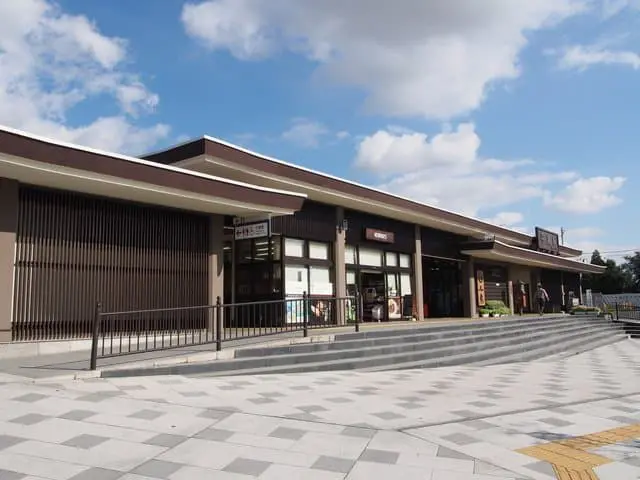
Located in the Tohoku region of Iwate Prefecture, Hiraizumi is a long distance away from where I grew up in Kyushu. Yet when I visited Hiraizumi for the first time, it felt like I was returning home.
Take the Shinkansen from Tokyo and get off at Ichinoseki Station. After you transfer to the Tohoku Main Line, a ten-minute train ride will take you to Hiraizumi Station. Upon exiting the station, you'll be greeted with tranquil scenery. Across the roundabout are the sprawling mountains of Oshu, with gentle ridges that reminded me of the landscape of my hometown.
However, what distinguishes Hiraizumi from where I grew up in is the presence of five historical sites designated as UNESCO World Heritage Sites. The powerful Oshu Fujiwara clan commissioned a number of temples in this region during the 12th-century Heian period. Luckily, the World Heritage Sites are only a short walk from Hiraizumi Station.
This article will explain how to explore these five must-see sites and monuments in a single day. Our first destination is Motsuji Temple, located closest to the station.
Motsuji Temple: Experience Serenity at the Jodo Garden
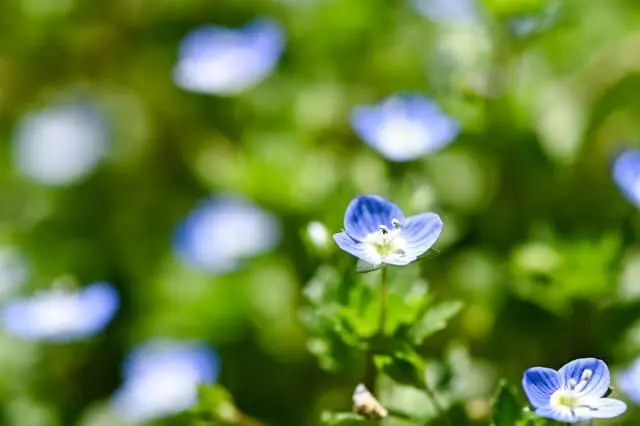
Motsuji Temple is about a ten-minute walk from Hiraizumi Station. The path cuts through a peaceful neighborhood consisting of fields and residential homes. If you look down at your feet, you will spot small flowers coloring the path.
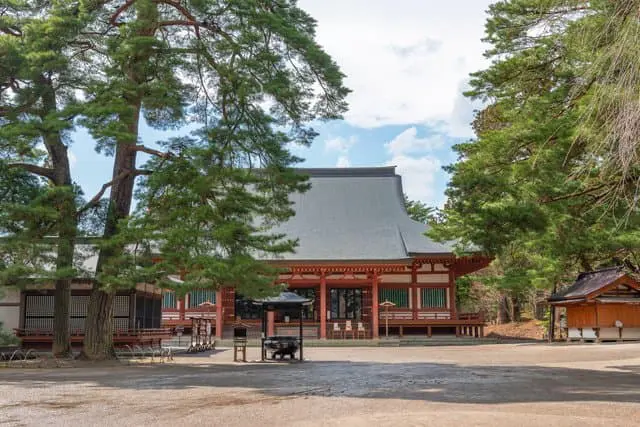
Most of the temple was constructed during the years of Motohira and Hidehira—the second and third Oshu Fujiwara lords. We recommend visiting the solemn main hall and the expansive Jodo Pure Land Garden.
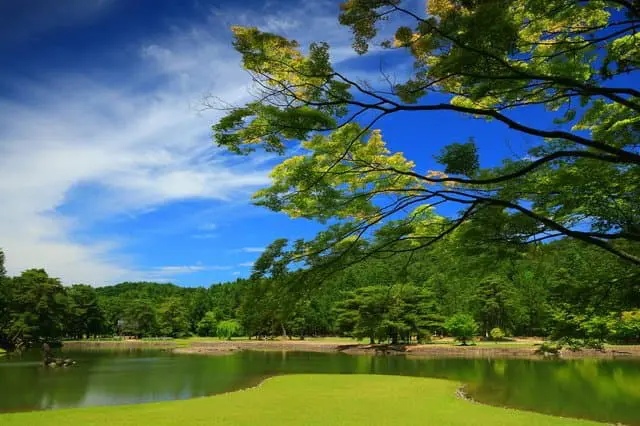
A Jodo-style garden is built to resemble the Buddhist paradise on earth. The Buddhist sutras (*1) describe the Pure Land Paradise as the western lands where the Amitabha resides. Buildings and trees are made of gold, silver, and lapis lazuli. A giant lotus flower can also be seen blooming in the pond.
Based on the sutras, Jodo gardens typically consist of a pond with lotus flowers (*2) next to the main hall.
The pond in the Jodo garden of Motsuji Temple is meant to depict the sea. Watching the water ripple as a calm breeze flows will truly calm your mind. During the Heian period, people may have stood in the same spot and felt this serenity as they imagined being in paradise.
*1 Here we are referring to the Amida Sutra (also known as The Smaller Sukhavativyuha Sutra). The description is based on the modern Japanese translation by Myojunji Temple (Japanese).
*2 There are no actual records of lotus flowers being planted in the garden of Motsuji Temple. However, today, you will find irises in full bloom from late June to early July.
Kanjizaio-in Ato, Muryoko-in Ato: Ruins of Splendid Temple Grounds
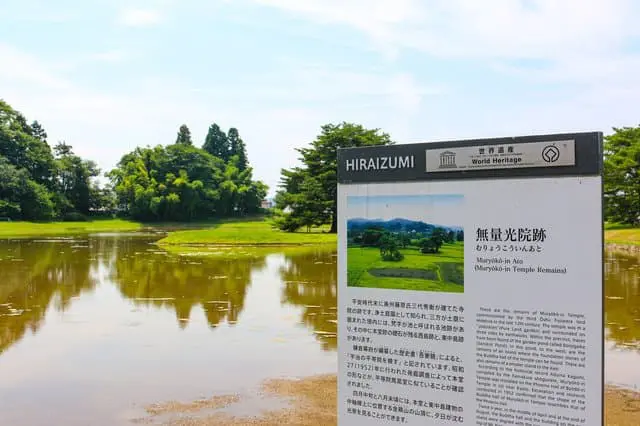
Next to Motsuji Temple is an area that appears to be a field. If you aren't paying close attention, you may miss two locations listed as a World Heritage Sites. They are Kanjizaio-in Ato and Muryoko-in Ato.
Both are temple remains from the 12th century. Kanjizaioin Temple is said to have been commissioned by Lord Motohira's wife. Commissioned by Lord Hidehira, Muryokoin Temple was modeled after the Phoenix Hall of Byodoin Temple in Kyoto. Both temples also had their own Jodo gardens.
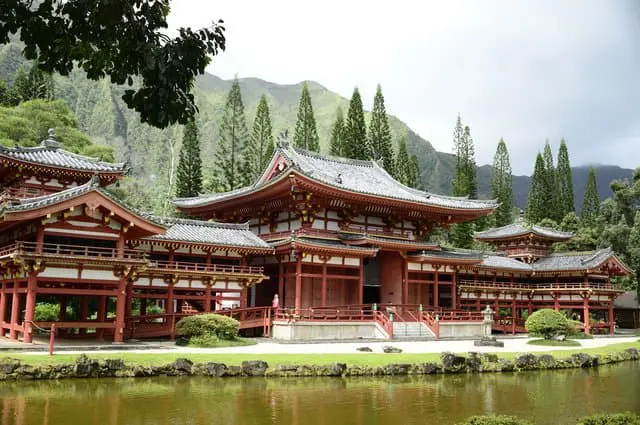
Muryokoin Temple was said to look like the picture above.
Although modeled after the Phoenix Hall, Muryokoin Temple was built to be larger than the famous temple in Kyoto. One can imagine how impressive it must have looked back then.
The temple faced the east, with Mount Kinkei, another World Heritage Site, to its back, so that the sun would set behind it. Facing west toward the temple hall and the mountain, visitors could pray toward the setting sun. This is also part of the embodiment of the Western Paradise in Buddhism.
Unfortunately, both temples were lost in devastating fires, and their ruins are all that remain today.
But, why are there so many temples in Hiraizumi? The answer is revealed at our next destination: Chusonji Temple.
Chusonji Temple: Prayers for World Peace
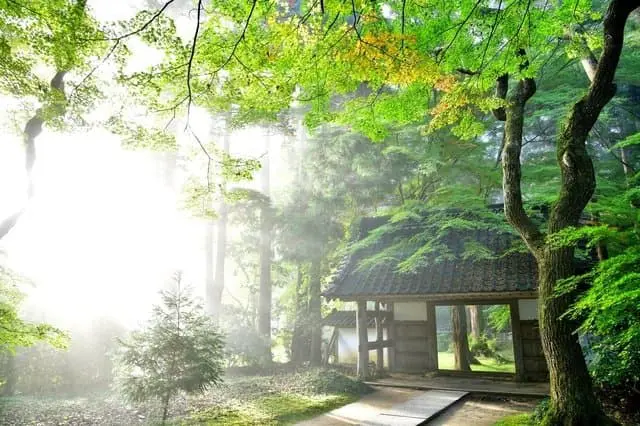
A twenty-minute walk from Kanjizaio-in Ato is Chusonji. The temple stands on a lush green mountain. Founded by the Buddhist priest Ennin in the eighth century, the hall and tower were later commissioned in the 12th century by Kiyohara, founder of the Oshu Fujiwara clan.
After a lengthy period of war, Kiyohira—who lost his father, wife, and child—established his rule over the Tohoku region. His vision was to create a peaceful society based upon the teachings of Buddhism. Chusonji Temple was chosen as the center of this new society.
During the construction of Chusonji Temple, Kiyohira dedicated this sacred site with a heartfelt prayer.
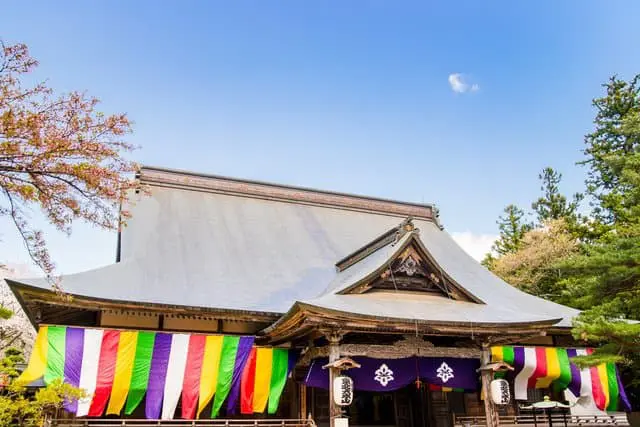
"[H]ow many have fallen in battles in the history of time? And not just humans. Animals, birds, fish, shellfish—uncountable life forms are still being sacrificed for our living...I pray that each tolling of the bell that shakes the earth will lead the souls of those who unwillingly lost their lives." This passage is from Chusonji Temple's memorial service pledge (*3).
It is a powerful pledge. Kiyohira's son, Motohira, and grandson, Hidehira, both inherited his vision and prayed for a peaceful world by commissioning temples such as Motsuji and Muryokoin.
*3 The English translation for the Chusonjin Temple dedication pledge was taken from the Hiraizumi Iwate, World Heritage Information Center.

The most famous building is the Konjiki Golden Hall, which was personally ordered by Kiyohira. To protect it from wind and rain, the hall is situated inside a cloister as photographed above.
Konjiki Hall is completely covered in gold, while the interior is decorated with raden (*4), ivory, and various gems. Utilizing the technology of the time, Kiyohira dreamed of recreating the Buddhist Pure Land: a paradise for the faithful.
Photography is not allowed inside Konjiki Hall. We recommend visiting the temple to experience its beauty with your own eyes.
*4 Raden: a form of Japanese decoration using mother-of-pearl and shell inlay.

The hall enshrines the remains of Kiyohira, Motohira, Hidehira, and Yasuhira (the fourth lord) inside golden caskets. Lotus seeds were even found inside Yasuhira's casket.
In 1998, researchers succeeded in making the lotus bloom. Named the Chusonji Lotus, this ancient flower was planted in the pond at the temple. Beautiful light pink blossoms bloom every summer.
Miraculously germinated from 800-year-old seeds, the Chusonji Lotus feels like a message sent to us from the Oshu Fujiwara clan.
Come Rest Your Mind at Hiraizumi
If you begin exploring in the morning, you'll manage to see all five historical locations of the Hiraizui World Heritage Site in a day. While this article introduces the locations on foot, you can also ride the Hiraizumi "Run Run" Loop Bus. If you don't have a lot of time, we suggest taking the bus.
At the end of the day, you will feel cleansed by the splendid temples and prayers for peace made at these sacred Buddhist sites.
Read also
All photos by Pixta






































![[Coupon Available] Attention Overseas Winter Sports Fans! Nagano's Sports Depot Has Evolved](https://resources.matcha-jp.com/resize/720x2000/2026/01/05-254819.webp)
![[2 hours from Tokyo ] 10 Quiet and Breathtaking Views of Mount Fuji in Yamanashi Hokuto City , Yamanashi - Part 2](https://resources.matcha-jp.com/resize/720x2000/2025/12/16-253037.webp)

![[Reopening in March 2026] Ikoma Sanjo Amusement Park Park, 45 minutes from Osaka , with free admission](https://resources.matcha-jp.com/resize/720x2000/2024/08/28-194409.webp)